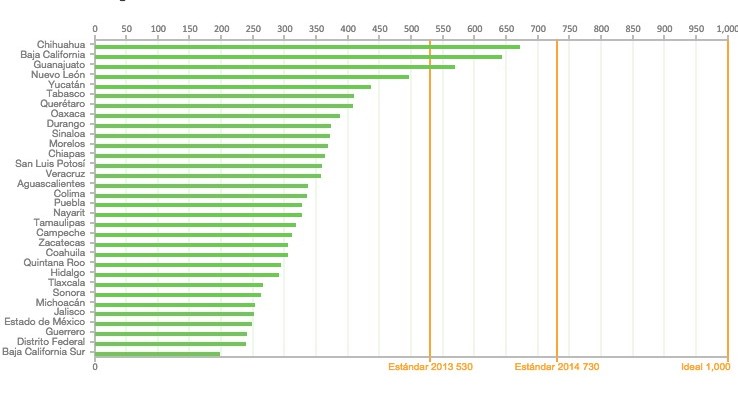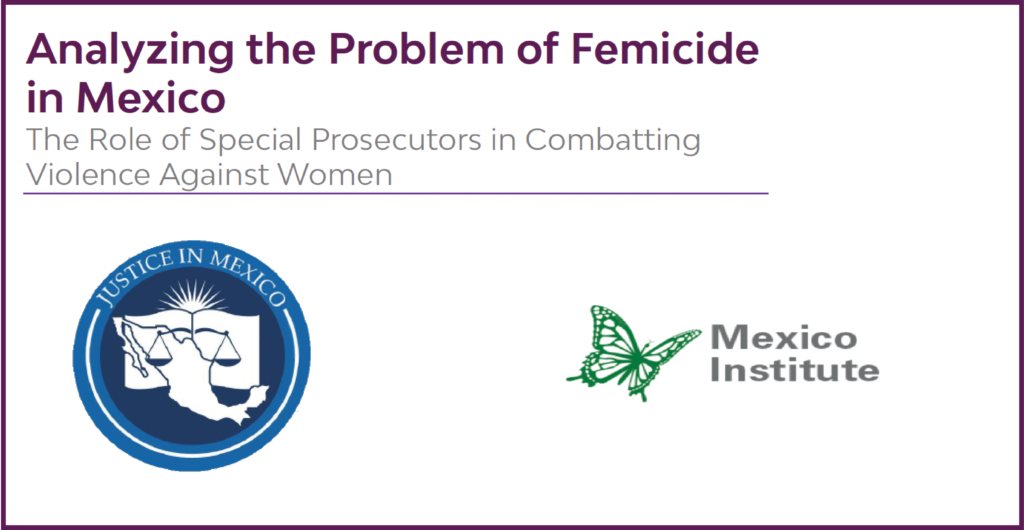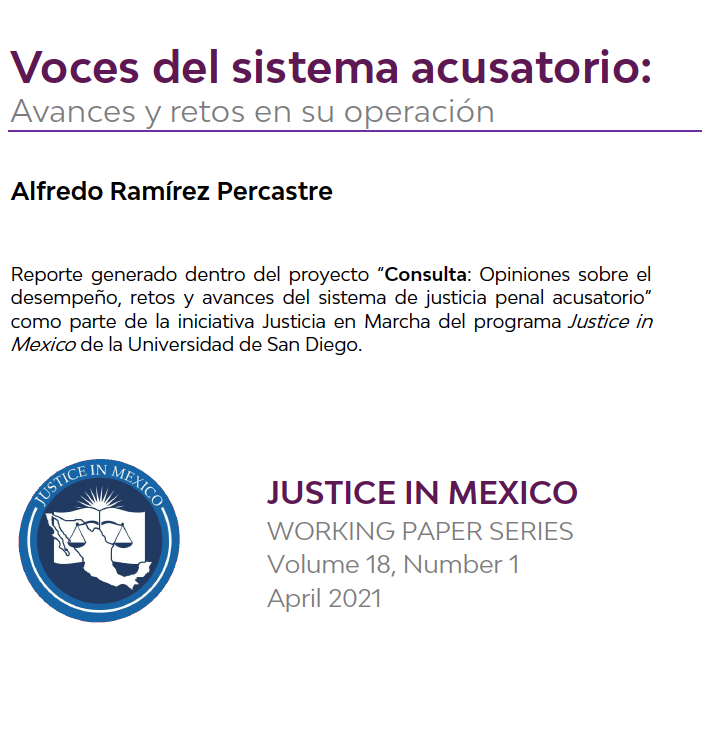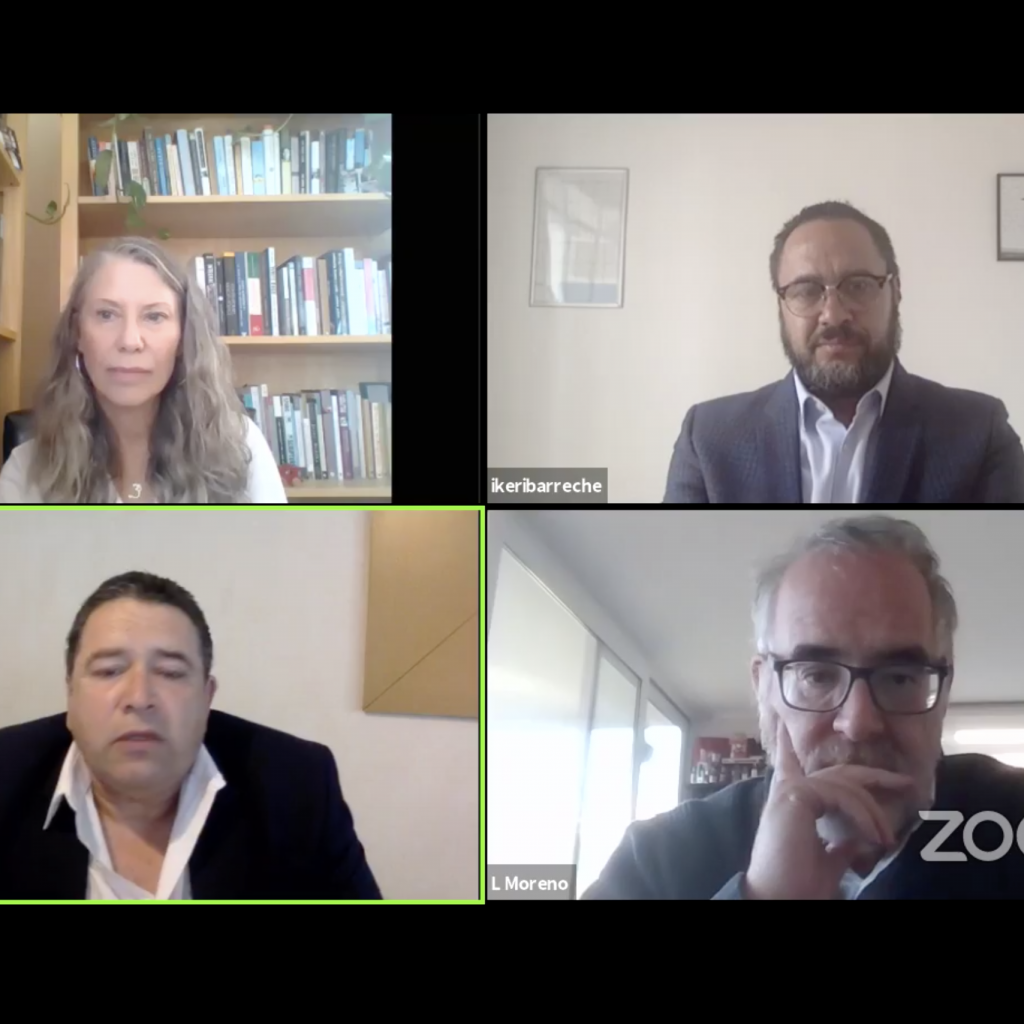
06/30/2015 (written by rkuckertz) – States advance in the implementation of oral trials. According to recently released data, most Mexican states keep progressing in the implementation of oral trials and their overall transition to the New Criminal Justice System (Nuevo Sistema de Justicia Penal, NSJP). Oaxaca in particular has advanced over the past several years in its implementation, jumping between 2013 and 2014 from 13th to 8th on the national rankings comparing the degree of implementation of NSJP.
Monitoring Implementation of Oral Trials in Mexico
The Center for Investigation of Development (Centro de Investigación para el Desarrollo, CIDAC), an independent think tank that presents proposals to further the development of Mexico’s rule of law, recently released data on the 2014 year that demonstrate the state’s progress. CIDAC evaluates each of the thirty-two states on a 1,000-point scale, where 1,000 points represents full implementation and 530 points is the intermediate goal. On this scale, Oaxaca accumulated 387 points prior to 2015–a notable achievement for the southern state, placing it above states such as Durango, Sinaloa, Morelos, Chiapas, and Veracruz.
Various groups have been working to increase the accessibility of this information to the public. Among them, Justice Project (Proyecto Justicia) has published virtual, interactive maps and graphs based on CIDAC’s reports. These graphics illustrate the progress achieved by each state and federal institution. At first glance, Chihuahua, Baja California, and Guanajuato are the high achievers on CIDAC’s 1,000-point evaluation scale, each state rising above the standard 530-point mark. However, in light of the challenges that the NSJP has faced throughout its implementation process, small successes such as Oaxaca’s may also be regarded as achievements for the country’s juridical transition.

The federal government publishes similar data on the country’s status in the transition process. Its website, overseen by the Mexican Technical Secretariat for Justice Sector Reform (Secretaría Técnica del Consejo de Coordinación para la Implementación del Sistema de Justicia Penal, SETEC), presents figures that describe state rankings and the number of resources allocated to each for the purpose of implementing NSJP. It also includes a list of municipalities in which the reform has been implemented. SETEC utilizes a separate methodology and stratification system from CIDAC that classifies the states into one of seven categories that range from “minimal” to “optimal” and describe the level of implementation of NSJP. Oaxaca sits in the “low” group, while Chihuahua, Baja California, and Guanajuato, the three states ranked highest by CIDAC, occupy the “medium”, “low”, and “low” categories respectively.
A countdown to the national goal date of completion of the new system’s implementation flashes across the SETEC homepage—just less than a year ahead.
While several states began the implementation process as early as 2005, no state has surpassed the 700-point mark on CIDAC’s evaluation scale. In fact, most states lie between the 250 and 400-point range, according to graphs provided by Justice Project. As a result, the one-year deadline to complete the system’s transition presents a considerable challenge to Mexico’s federal, state, and municipal governments. Alfonso Pérez Daza, Counclimember to the Mexico’s Federal Judicial Council (Consejo de la Judicatura Federal, CJF), recently released a statement addressing these obstacles. In it, he stressed the importance of the public’s confidence in the new system as well as the long-term nature of the current justice project. Pérez Daza also stated that the federal government will be developing a permanent training system for all parties involved in justice proceedings in order to facilitate the transition to an oral, accusatorial justice system.
Trying to address this need of training, many organizations from Mexico and the United States have developed sustained efforts to help attorneys, judges, defenders, prosecutors, law students and professors to improve their oral advocacy skills. Justice in Mexico has been working to provide the such skills through the ongoing OASIS project, faculty, students, and staff from the National Autonomous University of Mexico (Universidad Nacional Autónoma de México, UNAM) had the opportunity to participate in skill-building workshops over the past several months to learn the ins and outs of the new judicial system. This summer the second phase of OASIS will take participants from UNAM to Washington, D.C, Boston and San Diego to participate in advanced seminars regarding the oral, adversarial justice system, and to learn and compare the U.S. Legal System.
Sources:
“Recuperar confianza social, núcleo vital de reforma penal: Pérez Daza.” Terra. Jun. 10, 2015. http://noticias.terra.com/mundo/recuperar-confianza-social-nucleo-vital-de-reforma-penal-perez-daza,46f98ce310af9ab4a059e5f5f7bd078cegcpRCRD.html
“Oaxaca entre los primeros estados del ranking en implementación de Reforma Penal: CIDAC.” El Oriente. Jun. 8, 2015. http://www.eloriente.net/home/2015/06/08/oaxaca-entre-los-primeros-estados-del-ranking-en-implementacion-de-reforma-penal-cidac/
SETEC. Jun., 2015. http://setec.gob.mx/
“Nueva metodología para clasificación y estratificación de entidades federativas.” SETEC. Jun., 2015. http://setec.gob.mx/es/SETEC/Nueva_Metodologia_para_Clasificacion_y_Estratificacion_de_Entidades_Federativas
“Reporte de hallazgos 2014 sobre los avances de la implementación y operación de la reforma penal en México.” Proyecto Justicia, 2015. http://proyectojusticia.org/images/Articulos/ReportedeHallazgos2014.pdf




